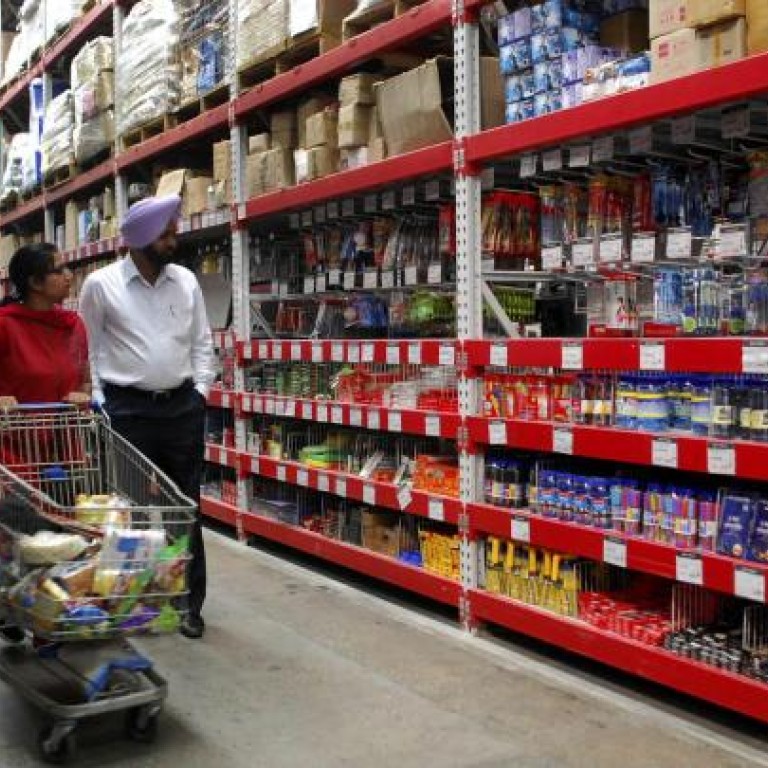
East India Co first firm 'too big to fail'
The rise and fall of Britain's former imperial trading company has uncanny parallels with bubbles and bailouts in today's world economy
For an institution that has been defunct for almost 150 years, the East India Company still evokes powerful reactions across the world.
Last year, when the Indian government debated allowing foreign companies to open supermarkets there, protesters shouted: "This is the return of the East India Company!" In Britain, the East India Company's extraordinary rise and fall have uncanny parallels with the stock-market bubbles and government bailouts that have shaken the economy over the past decade.
And little wonder: at the heart of the company's story are eternal questions about how to cope with the powers and perils of large multinational corporations.
Established by royal charter in 1600 with a monopoly on all trade with Asia, the East India Company had many incarnations in its almost 275-year run.
For the first half of its existence, it remained a commercial supplicant, exporting bullion to pay for Asia's luxury goods: first spices, then textiles and tea. Along the way, it became an early model for today's joint-stock corporation and pioneered new management techniques for long- distance supply chains.
It also created a series of lifestyle revolutions in 18th- century England. Daniel Defoe described in 1708 how the company's calicoes, shipped from India, "crept into our houses, our closets, our bedchambers." This calico boom prompted fierce resistance from Britain's weavers, who felt threatened by a flood of cheap Asian imports. In 1720, the government responded with a ban on Indian calicoes, and it was behind this protectionist wall that the Industrial Revolution would take shape. One market may have closed, but the East India Company refocused its efforts on the growing demand for Chinese tea on both sides of the Atlantic.
Meanwhile, at the company's headquarters on Leadenhall Street in London, annual general meetings had become the arena for fearsome battles between management and shareholders and between rival management cliques.
These boardroom fights intensified following the Battle of Plassey in June 1757, when the company used a combination of force and fraud to place a puppet on the throne of Bengal. The company then loaded the contents of the Bengal treasury onto a fleet of 100 boats and sent them downriver to its base in Calcutta.
In one stroke, Robert Clive, who had engineered the victory, netted £2.5 million for the company and £234,000 for himself. Today, this would be equivalent to a £262 million (HK$3.03 billion) corporate windfall and a cool £25 million success fee for Clive. The flow of wealth from Europe to Asia would now be reversed, and the East India Company's shares soared on London's markets.
After the boom, however, came the bust. When drought struck Bengal in 1769, the company raised taxes and refused to intervene; contemporaries estimated that as many as 10 million people died in the resulting famine. Back in London, the East India Company's shares slumped in response to the conflict in South India. This provoked a wider credit crisis, forcing the company's directors to beg the government for a bailout in the summer of 1772. The East India Company's centrality to Britain's commercial and imperial ambitions meant that it was the original "too big to fail" corporation.
